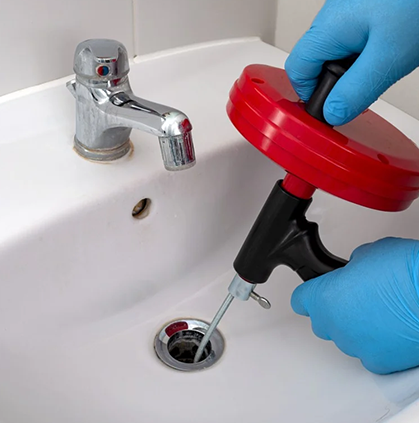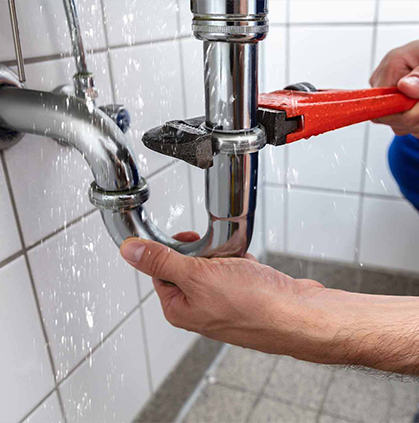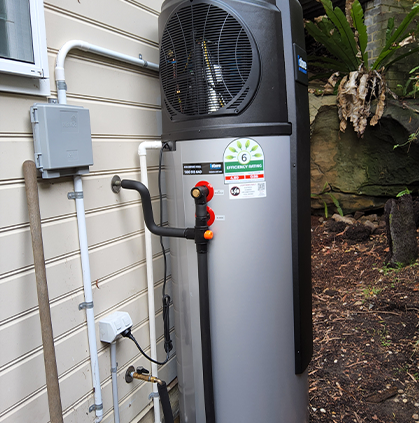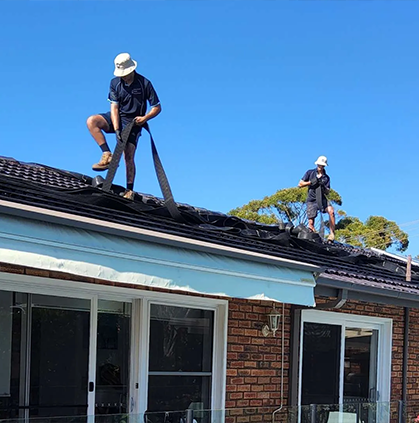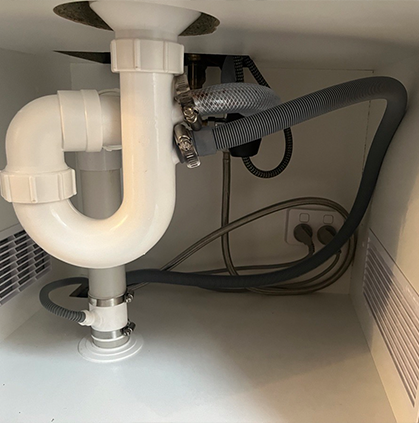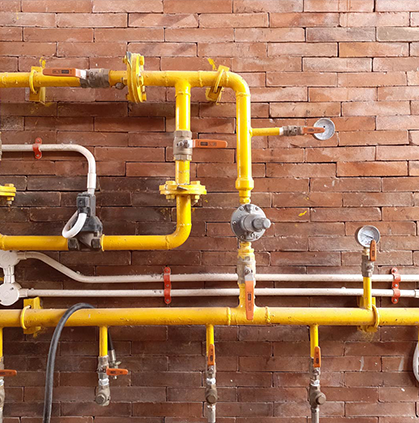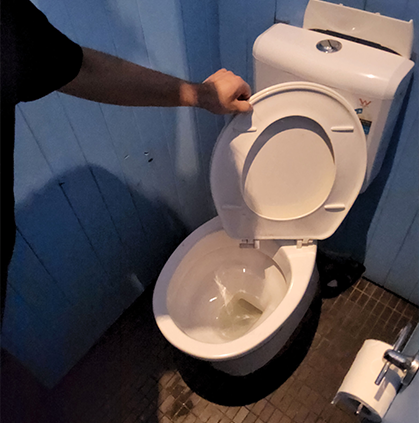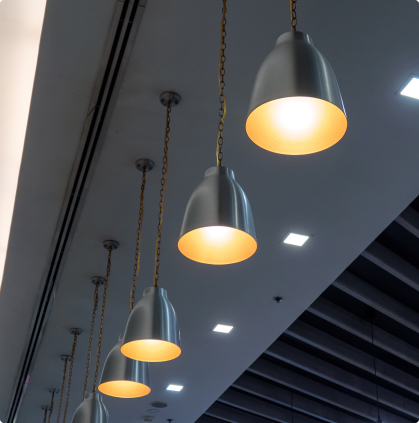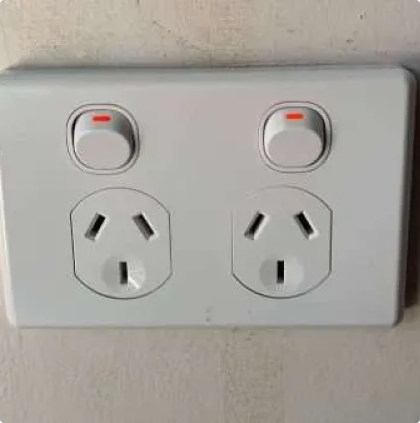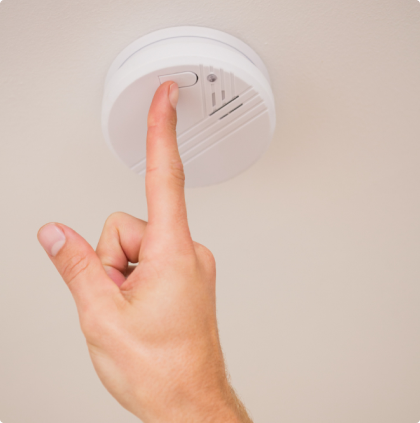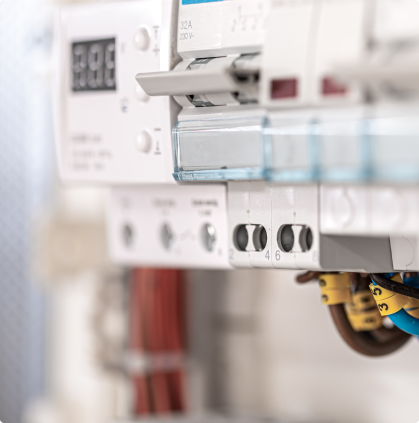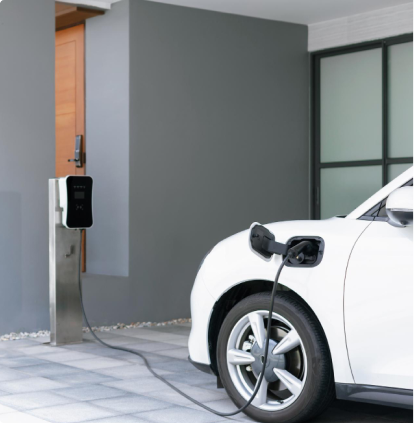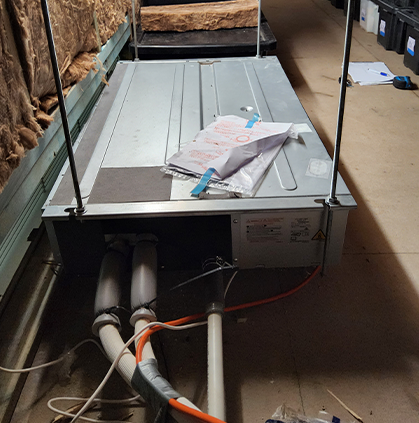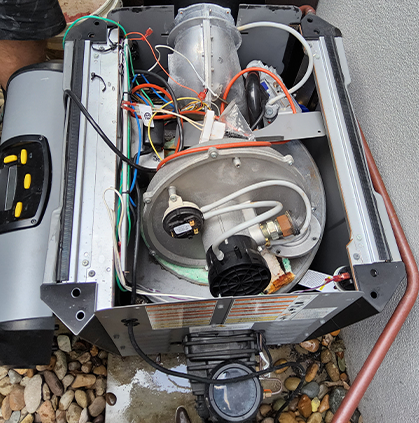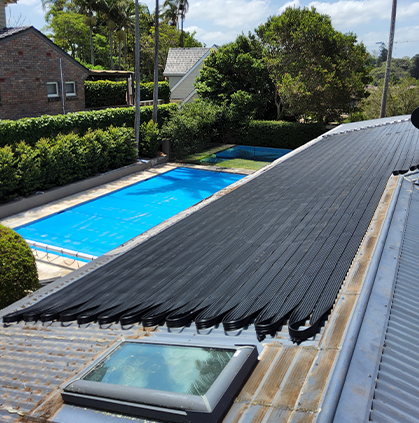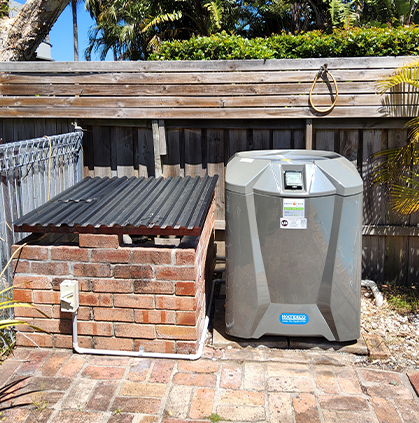Having night sweats? That’s probably because your air conditioning coil is dirty, and as a result, its cooling system becomes inefficient.
Don’t worry, though, because you can actually do the cleaning yourself. Here’s the 101 on how to clean air conditioner coils.
Why Should You Clean Your AC Coils?
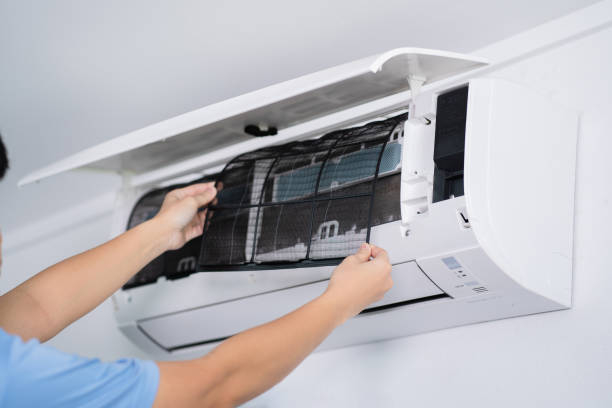
There are a couple of reasons why your AC coils shouldn’t be left catching dust and debris:
- Reduced Cooling Efficiency. If you feel like your AC at home isn’t cooling properly, it could be due to grime and dirt covering the AC coils. As a result, warmer air will come out of the vents, resulting in uneven temperatures that will make you feel uncomfortable.
- Higher Energy Bills. Since your HVAC system has to work harder to maintain a regulated temperature, it will consume more electricity. Over time, this increased utility demand shows up as noticeably higher in utility bills.
- Increased Wear and Tear. Dirty coils, in some cases, can reduce your system’s overall efficiency by up to 30%. Dirty coils put an extra strain on your AC, causing them to wear out faster. If left on its own, there’ll be a higher likelihood of breakdowns, plus your AC’s overall lifespan will be shorter
- Frozen Coils. Once dirt and dust insulate the evaporator coil, your AC won’t absorb heat efficiently, and moisture on the coils will turn into layers of ice that block airflow.
- Expensive Maintenance. Frozen coils cause water leakage once the ice melts. Once the AC unit parts break down, an ice buildup can lead to a total system shutdown, and your maintenance fees will go up.
As you can see, a dirty AC coil seems to be a low-hanging fruit. And that’s why if you leave it behind to catch buildup from the air, this small problem will escalate into a bigger problem, so you should act fast.
4 Signs That You AC Coils Need Cleaning

There are actually many reasons why your AC is not blowing cold air, so how do I know that the main culprit is a dirty AC coil? Here are the symptoms you should watch out for:
1. Longer Cooling Cycle
If it takes considerably longer for your AC to cool up, that’s because the coil is dirty, and the system struggles to remove heat from the air. You might also hear the blower running continuously.
2. Louder Noises During Operation
If you hear rattling, hissing, or buzzing sounds, those might be signs that your coils are clogged or straining the system. Don’t ignore these noises, as they can lead to mechanical damage over time.
3. Visible Dirt
Look up to your AC. Do you see any dirt, dust, or even strands of pet hair stuck up? Especially in homes with adorable furballs, this buildup happens faster since fur gets drawn into the system more easily.
4. Unusual Odors
The effect is not immediate, but since a dirty coil makes your indoor area feel more humid, you’ll start to pick up musty odors.
However, if you let this be, condensation will build up and mix with dust, creating a perfect breeding ground for microbes that’ll spread unpleasant odors through your vents.
How to Clean Your AC Coils
Now, it’s time to get into practice. Here’s the step-by-step on how to clean your AC coil.
1. Gather the Tools
Before you start, you’ll need the following:
- Protective gloves
- Safety goggles
- Screwdriver
- Coil cleaner
- Garden house
- A soft brush or a fin comb
2. Turn Off the AC Power
Safety always comes first. Switch off the power to your AC unit at both the thermostat and the circuit breaker to prevent electrical accidents or shocks.
While working, you might also want to wear protective gloves and safety goggles.
3. Remove the Outer Cover
Have your screwdriver or nut driver ready. After that, unscrew the fasteners holding the condenser’s outer cover.
Lift it carefully and you’ll see the coils. Set the cover and screws somewhere safe so they don’t get lost.
4. Apply the Coil Cleaner
Once you’ve inspected the coils and seen there’s visible dirt, debris, or pet hair, it’s time to clean them up with a coil cleaner. For this one, simply follow the instructions on the packaging of the product:
- Spray the solution evenly over the coils
- If you use a foaming cleaner, allow it to expand and break down grime before rinsing
- For non-foaming cleaners, gently scrub with a soft brush or fin comb. Avoid bending the fins, since they’re delicate and essential for heat exchange.
5. Rinse the Coil
After letting the cleaner sit for the recommended time, start rinsing the coils with a garden hose and a gentle spray setting. Spray inside out to push dirt away from the fins instead of deeper into them.
6. Clean the Interior and Filter
Remove the indoor access panel, if it’s accessible, to reach the evaporator coils and vacuum any loose debris.
See if you need to clean the AC filter as well. If it’s reusable, simply wash it with warm water and mild vinegar or baking soda. If it needs replacing, call a professional.
7. Reassemble and Inspect
Once the coils are clean and dry, reattach the outer cover securely. Double-check that no tools or loose parts are left behind. All screws should also be tight in place.
8. Restore Power and Test the System
Turn the power back on after 1 or 2 hours post-cleaning. Run the AC for several minutes.
If the AC works and cools properly, and you hear no unusual noises or see any visible airflow issues, congratulations, your cleaning operation is successful.
How Often Should You Clean Your AC Coils?
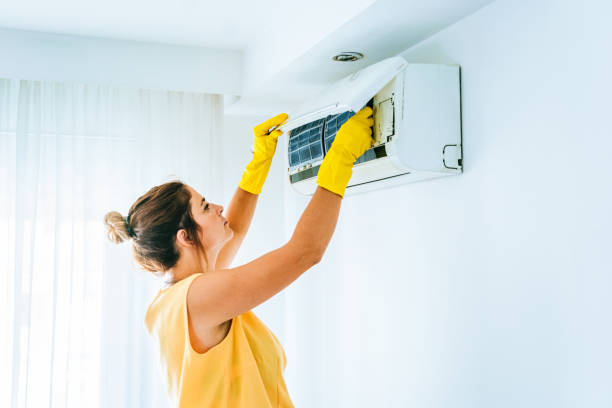
Whether you have a ducted or a split system AC at home, it’s imperative that you always clean it. Here’s the trick:
- Average condition: once annually. However, prepare for extra cleaning work before heavy use (like when there are guests at home).
- Specific conditions: if you live in a dusty, coastal, or high-pollen area, or have pets, regular cleaning every three or six months is mandatory.
FAQ about Cleaning AC Coil
Now you know how to clean the AC coil. But if you have some questions, check out the answers here:
What not to clean AC coils with?
Avoid harsh chemicals like ammonia, bleach, and acidic cleansers since they’ll only damage your AC coils.
Does AC coil cleaner actually work?
Yes, AC coil cleaners are made with special chemical agents designed to break down and dissolve dirt, grease, and biological buildup (like mold or mildew) that accumulate on the coils.
Is it okay to spray water on your air conditioner while running?
No, it’s not OK, since it’ll tamper with the electricity inside the AC. Always switch the system off before any cleaning work.
How long does it take to turn on AC after cleaning coils?
Until the AC is really dry from cleaning, or 1 or 2 hours.
Can I clean my AC coil manually?
Yes, you can clean your AC coil yourself. However, if during inspection you find that the AC filter needs a replacement, call a professional service right away.
Conclusion
How to clean the AC coil is one small matter that shouldn’t be underestimated. The issue can build up into higher electricity bills and even your entire HVAC system breaking down.
If you experience any issues with AC that are outside of your cleaning or fixing capacity, no worries, Lightning Bult is ready to help.



